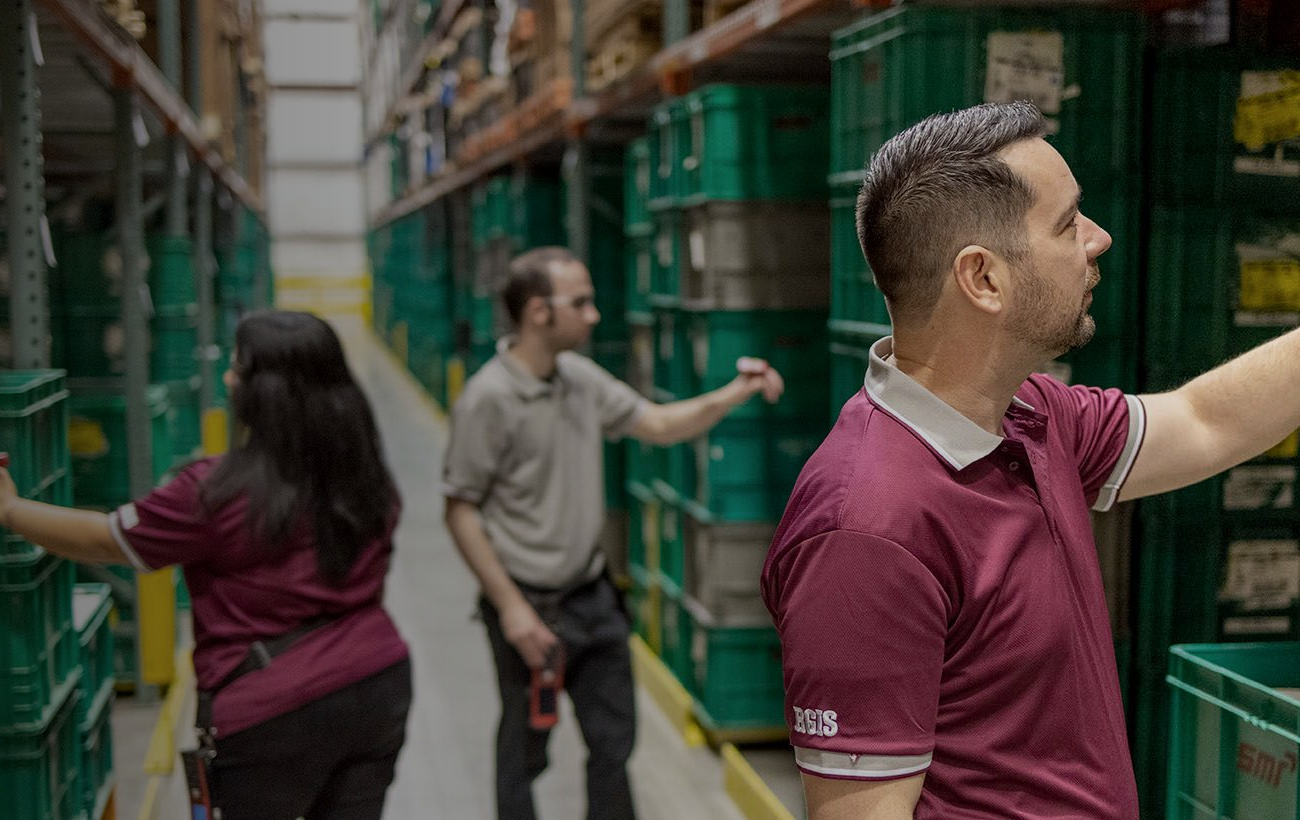Why an Efficient Supply Chain is Critical to Business Success

You don’t have to look far to understand how supply chain failures can create chaos. A now-famous Oscars mix-up—where the wrong envelope was handed to presenters, mistakenly awarding La La Land instead of Moonlight—is a prime example of what can happen when the right item doesn’t reach the right person at the right time.
In business, these kinds of breakdowns can cost you more than just a red face—they can cost you customers, credibility, and revenue. That’s why understanding and optimizing your supply chain is critical to long-term success.
What Is a Supply Chain?
A supply chain is the full network of people, processes, organizations, technology, and resources involved in moving a product or service from supplier to customer. It covers everything from sourcing raw materials to delivering the final product.
A simplified supply chain flow looks like this:
-
Supplier (raw materials)
-
Manufacturer
-
Distributor or Wholesaler
-
Retailer or E-commerce Seller
-
Customer
Supply chains are the foundation of industries ranging from retail and healthcare to automotive, food, and electronics. They rely on real-time coordination, inventory visibility, and strong vendor relationships to run smoothly.
What Is Logistics?
While often used interchangeably, logistics is just one part of the broader supply chain.
Logistics focuses on execution: getting the right product, to the right customer, in the right quantity, in the right condition, at the right place, at the right time, and at the right cost. This is commonly referred to as the 7 Rs of Logistics.
Think of it this way:
-
Supply chain = strategy and coordination
-
Logistics = movement and execution
Together, they ensure that products are sourced, stored, moved, and delivered effectively and efficiently.
Key Components of a High-Performing Supply Chain
-
Inventory Control
Whether you’re sourcing materials or delivering finished products, knowing where your inventory is and how much you have is essential. Real-time inventory data helps avoid stockouts, overstocks, and fulfillment errors—major threats to customer satisfaction and profitability.
💡 Use tools like inventory management systems (IMS), barcode scanning, and RFID technology for improved inventory tracking.
-
Data Integration
Seamless data flow across the supply chain improves visibility and collaboration. When every link in the chain—suppliers, manufacturers, 3PLs, and retailers—shares synchronized data, you reduce delays, minimize errors, and make better demand planning and procurement decisions.
📊 Cloud-based supply chain platforms can enhance real-time communication and analytics.
-
On-Time Delivery and Fulfillment
Delivery performance directly impacts customer satisfaction. If you commit to a delivery date, ensure your distribution network and logistics partners are aligned to fulfill it.
🚚 Invest in last-mile logistics and transportation planning to increase delivery reliability.
-
Cost Control and Efficiency
Monitoring expenses such as transportation, labor, freight costs, and warehouse operations is key to maintaining a profitable supply chain. Poor cost management in one area can disrupt the entire network.
💵 Use KPI dashboards to track fulfillment costs, lead times, and inventory turnover rates.
The Business Impact of a Strong Supply Chain
When your supply chain is aligned and optimized, the benefits extend across your organization:
-
Higher customer satisfaction through faster, more accurate deliveries
-
Reduced waste through tighter inventory control and better demand forecasting
-
Increased profit margins from streamlined operations and fewer disruptions
-
Improved agility to respond to market changes, product recalls, or supply disruptions
On the flip side, a poorly managed supply chain leads to delays, excess inventory, dissatisfied customers, and potential reputational damage—just like handing the wrong envelope to the wrong presenter on live TV.
Final Thought
Your supply chain is more than a set of transactions—it’s a strategic asset. Whether you’re shipping consumer goods across the country or sourcing components from overseas, supply chain performance impacts every corner of your business.
By improving inventory accuracy, optimizing logistics execution, and streamlining data sharing across your network, you’ll create a supply chain that fuels growth—not frustration.